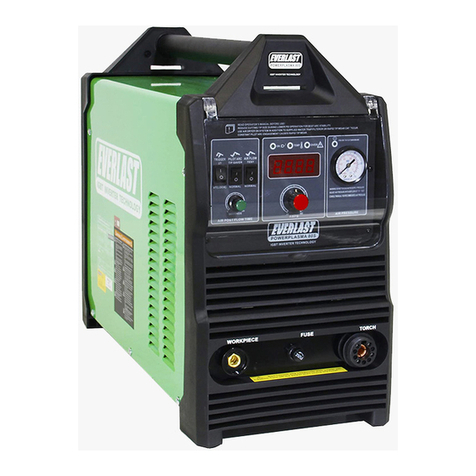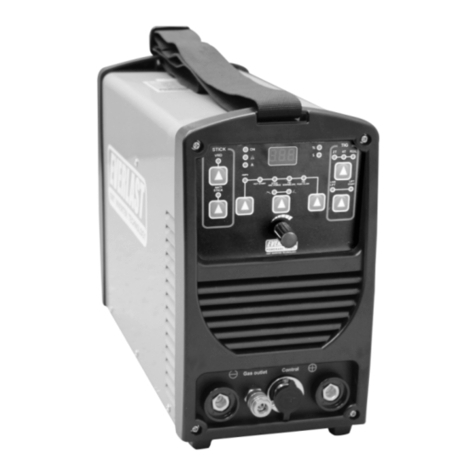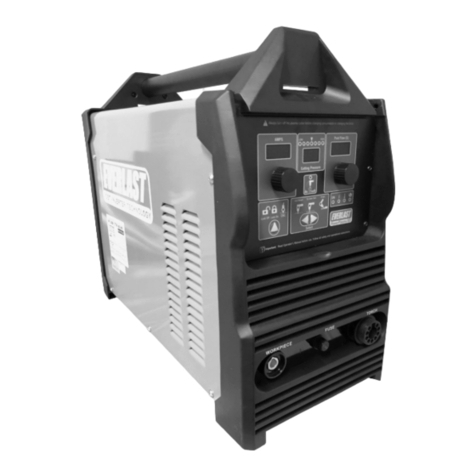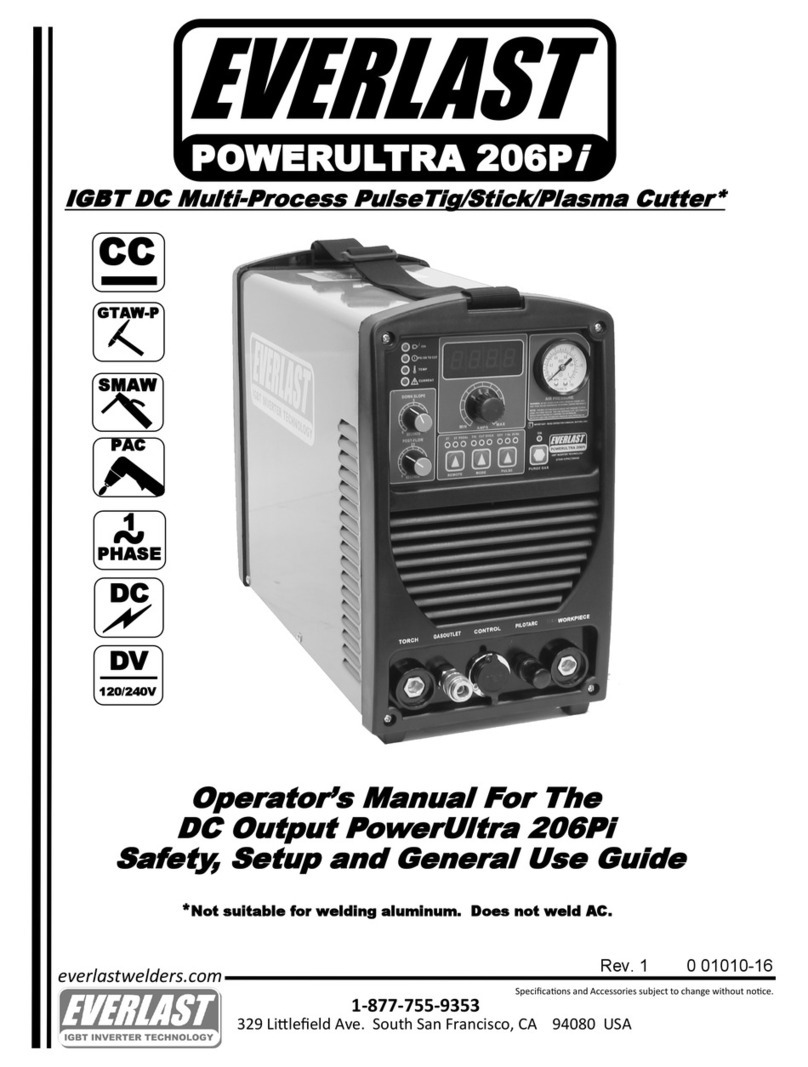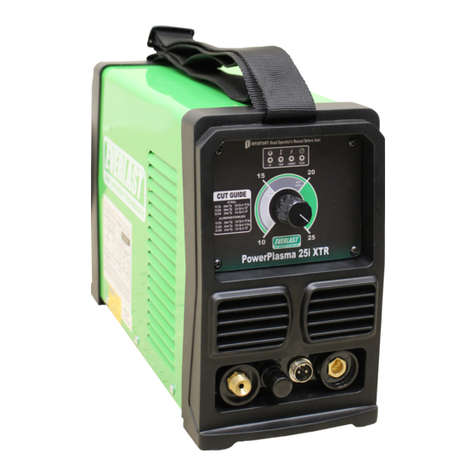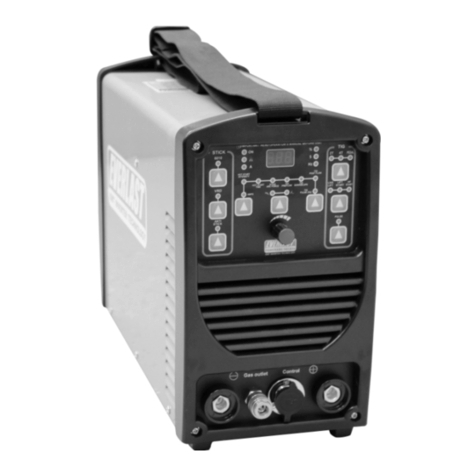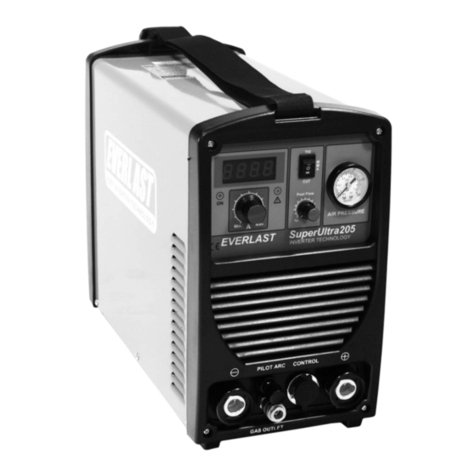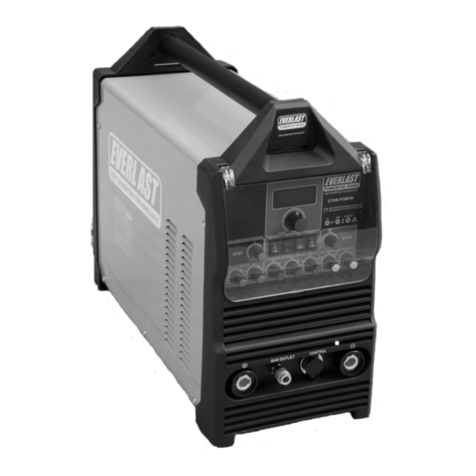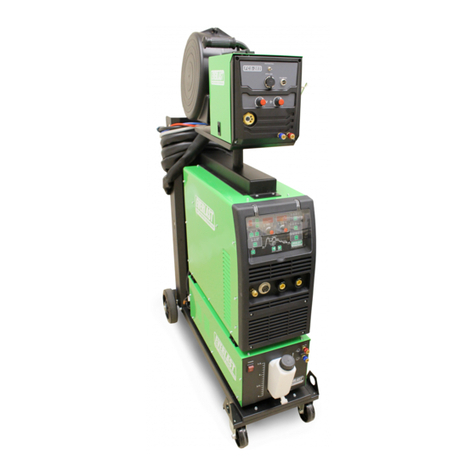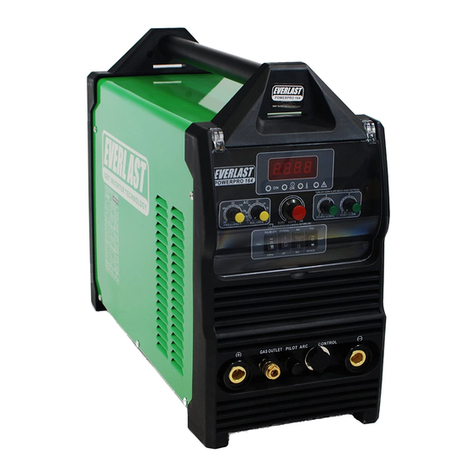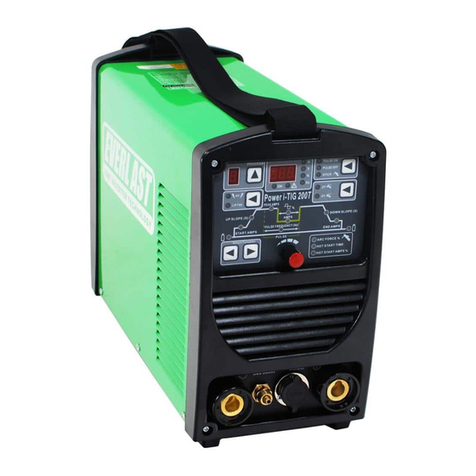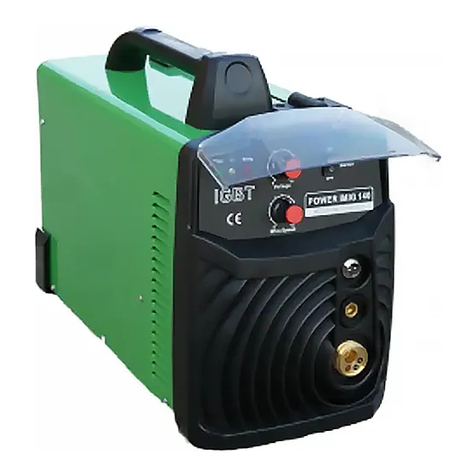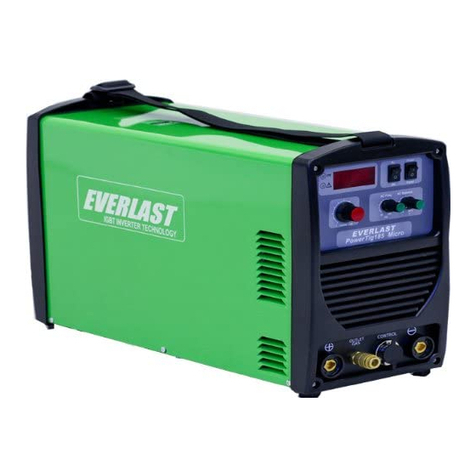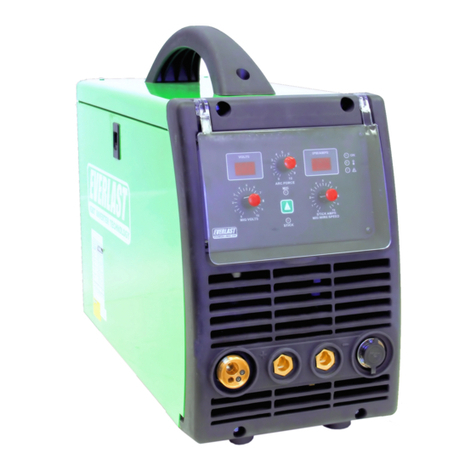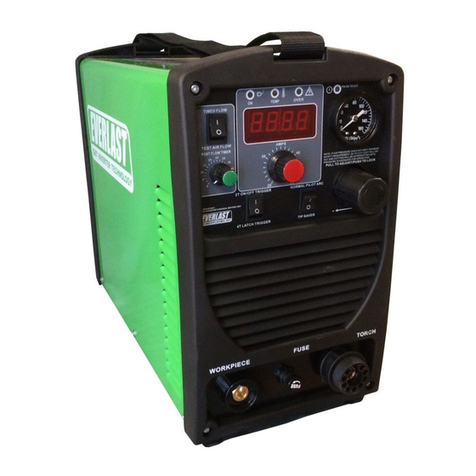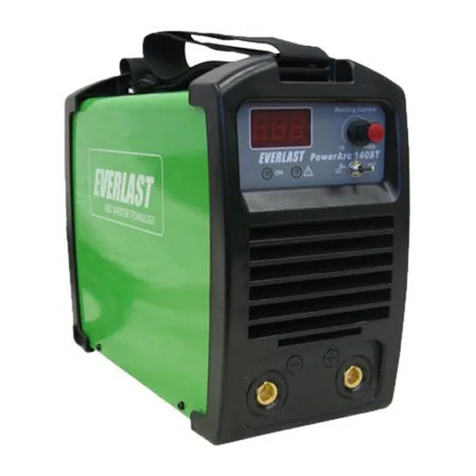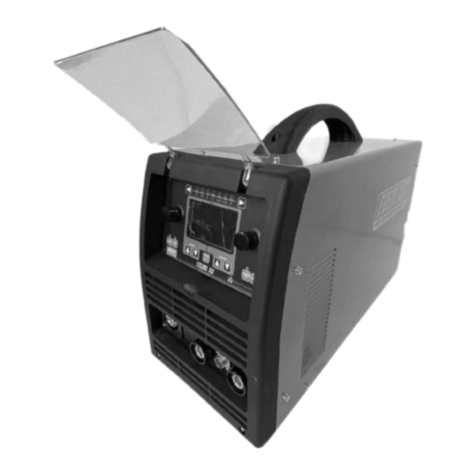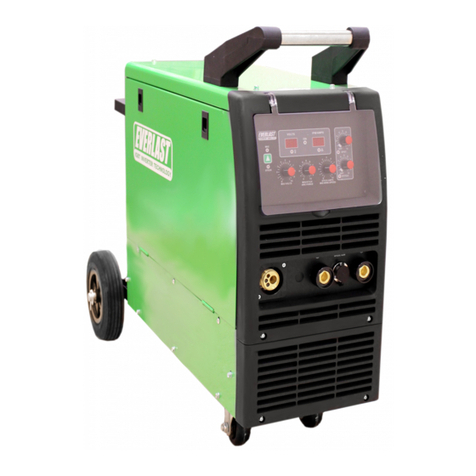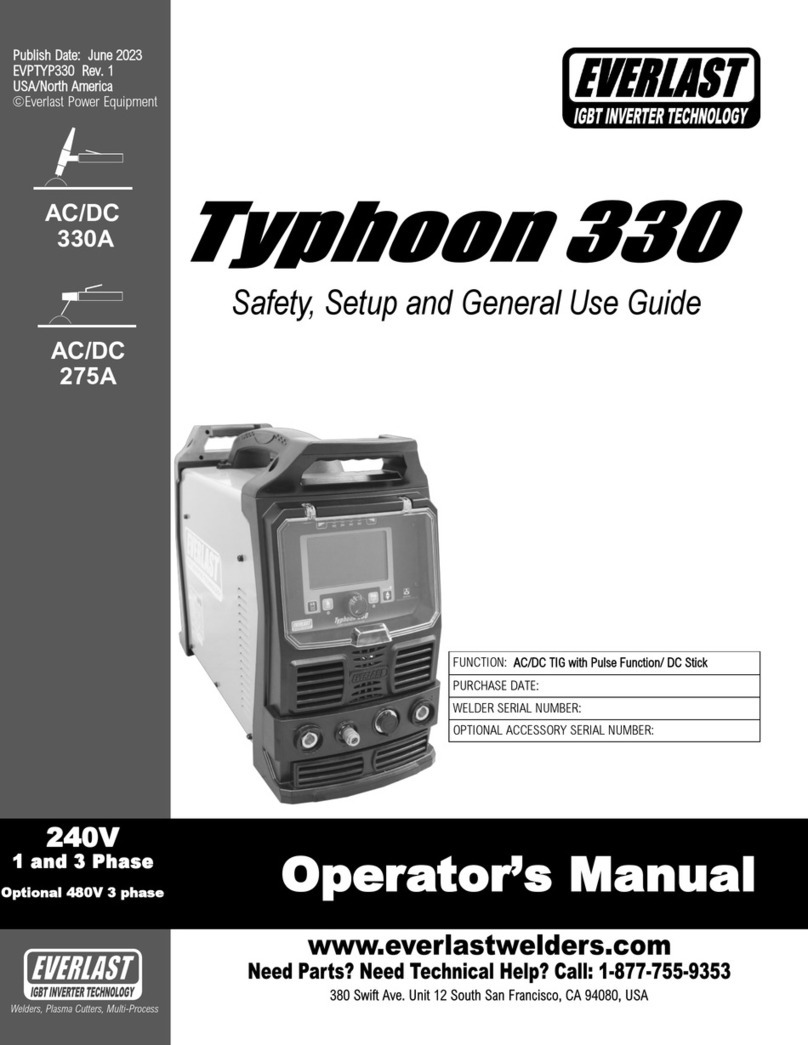3
Dear Everlast Customer,
THANKS! You had a choice, and you bought an Everlast. We appreciate your loyalty as a customer and hope
that you will enjoy years of use from your welder.
Please go directly to the Everlast website to register your unit. Please be sure to download your warranty infor-
mation for this unit while you are there. Your unit registration is important should any information such as
product updates or recalls be issued. It is also important so that we may track your satisfaction with Everlast
products and services. If you are unable to register by website, or download a copy of your warranty, contact
Everlast directly through the sales department via the main customer service telephone number in your coun-
try. Your unit will be registered and warranty will be issued and in full effect. Keep all information regarding
your purchase. In the event of a problem you must contact technical support before your welder can be a
candidate for warranty service and returned.
Please review and download the ofcial 5 year warranty statement and terms of sale, located at-
www.everlastwelders.com. If you are not in the United States, visit the distributor’s website warranty infor-
mation nearest to your region or country. Print it for your records and become familiar with the terms and
conditions of sale and warranty that relates to this unit.
Everlast offers full technical support in several different forms. We offer domestic based phone support and
online support. Online support is available through email and through our website contact forms. We also pro-
vide a welding support forum designed for customers and noncustomer interaction. Technical advisors are
active on the forum on a regular basis. We also divide our support into two divisions: technical and welding
performance. Should you have an issue or question concerning your unit, please contact performance/technical
support available through the main company headquarters available in your country. For best service, call the
appropriate support line and follow up with an email. In the event you do not reach a live person, particularly
during heavy call volume times, holidays, or off hours, leave a message and your call will normally be returned
within 24 hours. For quick answers to basic operating or service questions, join the free company owned fo-
rum linked through the US website. You should be able to nd knowledgeable, helpful people and staff availa-
ble to answer your questions, and perhaps nd a topic that already addresses your question at http://
www.everlastgenerators.com/forums/.
Should you need to call or write, always have your model name, purchase date and welder manufacturing in-
spection date. This will assure the quick and accurate customer service. REMEMBER: Be as specic and
informed as possible. Technical and performance advisors rely upon you to carefully describe the condi-
tions and circumstances of your problem or question. Take notes of any issues as best you can. You may
be asked a series of questions by the advisors meant to clarify problems or issues. Some of these questions
may seem basic or fundamental, but even with experienced users technical advisors can’t assume that cor-
rect operating procedures are being followed for proper operation, and must cover all aspects to properly
diagnose the problem. Depending upon your issue, it is advisable to have basic tools handy such as screw-
drivers, wrenches, pliers, and even an inexpensive test meter with volt/ohm functions before you call.
To begin the warranty process, and before you return a unit for repair or replacement, you must call tech-
nical support rst and go through basic diagnosis process before an Return Authorization for warranty will
be issued. This is a fairly simple process, but an important one. Please do not try to skip this step, or you
may be responsible for the cost of the repair to your unit.
Please let us know how we may be of service to you should you have any questions.
Sincerely,
Everlast Customer Service
